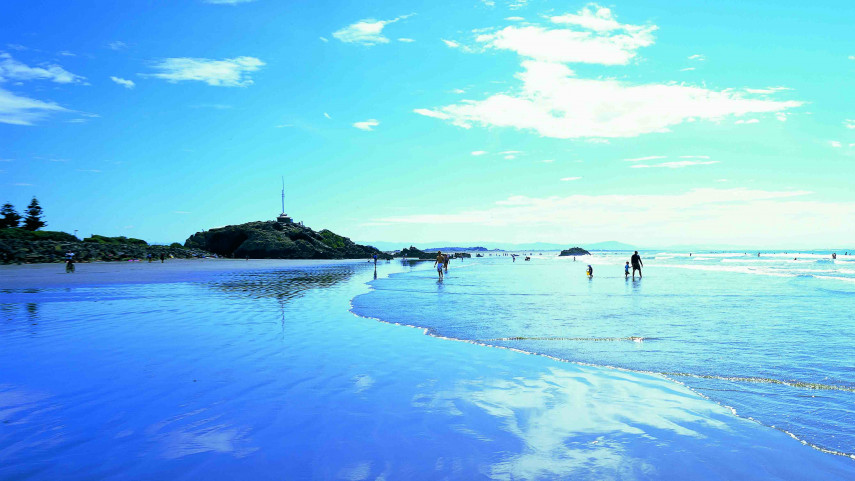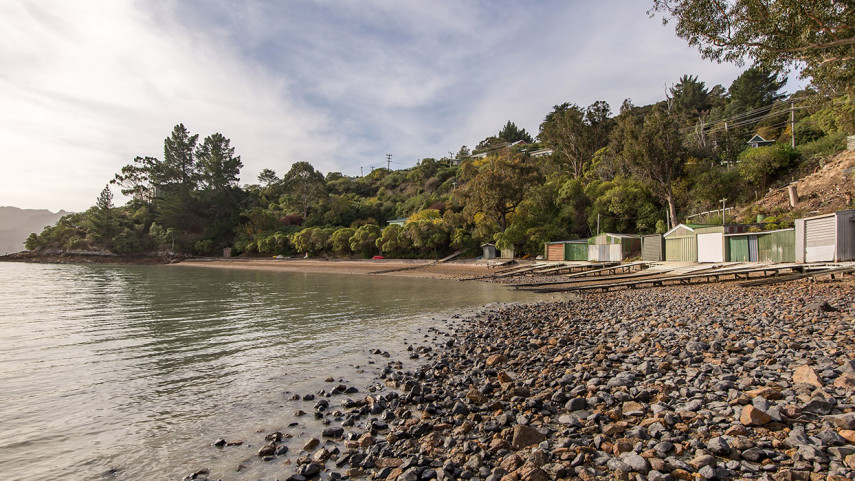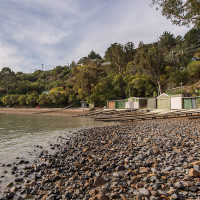
Plan change sets out risk-based approach to Coastal Hazards

Share this story
Parts of Christchurch and Banks Peninsula vulnerable to the impacts of climate change and sea level rise would have future development managed according to their level of risk.
Christchurch City Council has begun consulting the public on its Draft Coastal Hazards Plan Change, which outlines how the Council will manage future development, subdivision and changes in land use in areas exposed to coastal hazards.
“We need to make changes to our District Plan to avoid new developments being exposed to an increased risk of coastal hazards such as flooding, erosion, rising ground water and tsunami,” says Council’s General Manager of Infrastructure, Planning and Regulatory Services Jane Davis.
“The current District Plan does not define the full extent of areas at risk of coastal hazards and only manages some activities in defined areas.
“These gaps mean we aren’t effectively managing risks, and development could occur without the appropriate mechanisms in place to minimise harm to people and property,” Ms Davis says.
The proposed plan change, which has been shaped by community feedback on an Issues and Options paper that was released last year, recognises that risk is not the same in every location. It enables the Council to be responsive in how it manages development within areas of potential coastal hazards.
Identification of the risk level in different areas is based on work by engineering consultancy Jacobs, with input from Council planners and technical specialists. This work has been peer-reviewed by consultancy, Beca, and draws on data from an updated Coastal Hazards Assessment report published last year.
Maps showing areas of very low, low, medium and high risk can be viewed on the Council’s website. The maps currently provide an area-based rather than a property specific risk level.
"We are continuing to refine the methodology for the risk-based approach, including enhancing the mapping. This work will be done prior to the plan change being formally notified later this year," says Ms Davis.
“Existing communities will continue to be able to develop and use land and resources where the risk of adverse effects from coastal hazards is not increased and can be managed to an acceptable level.”
Learn more about the Draft Coastal Hazards Plan Change and how you can give feedback.


